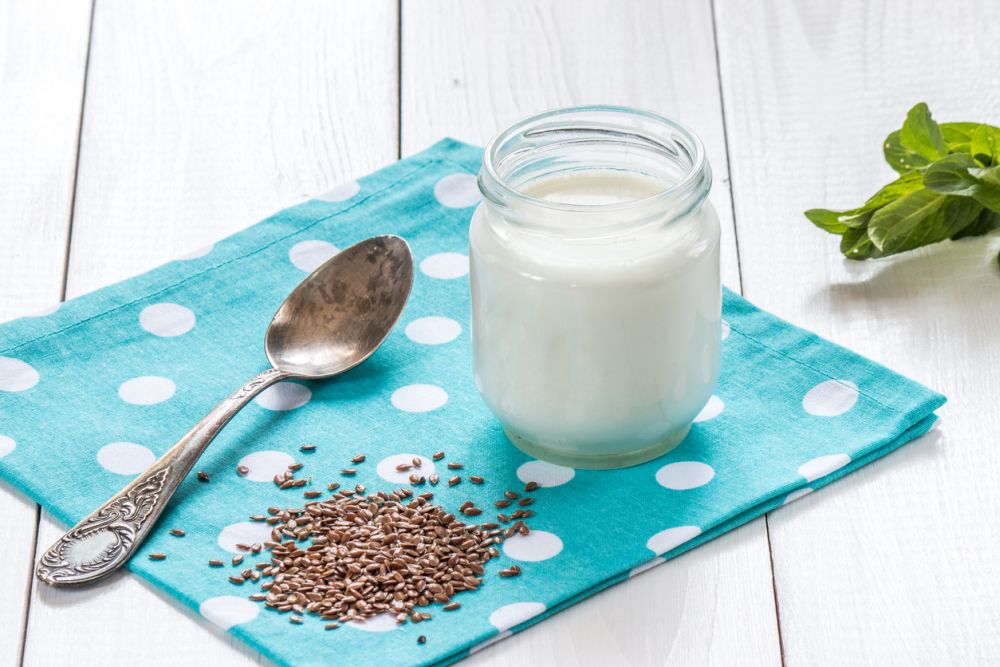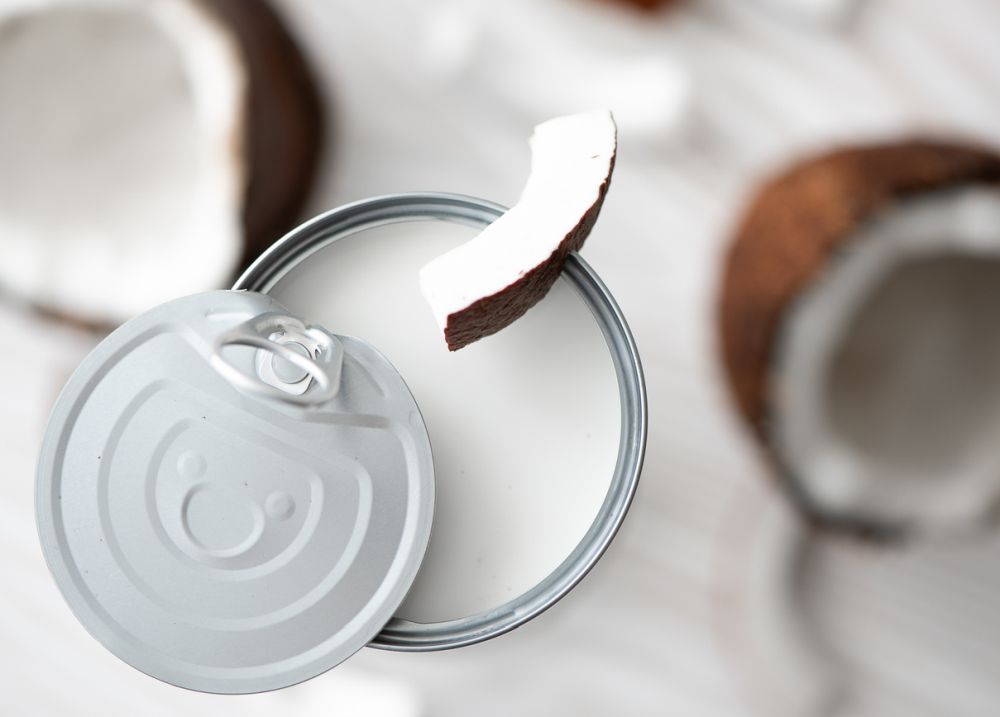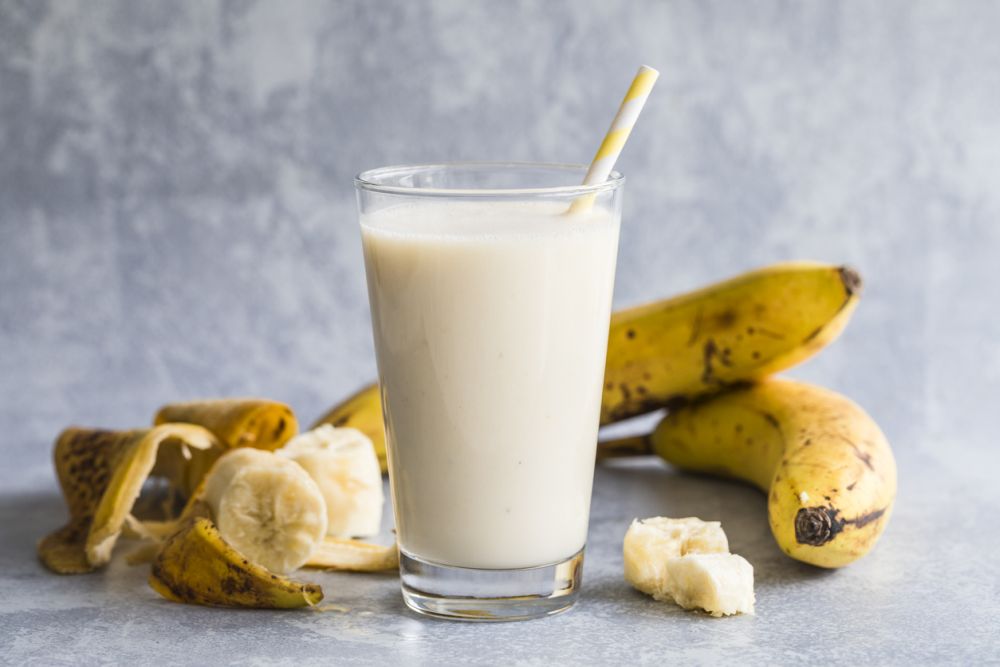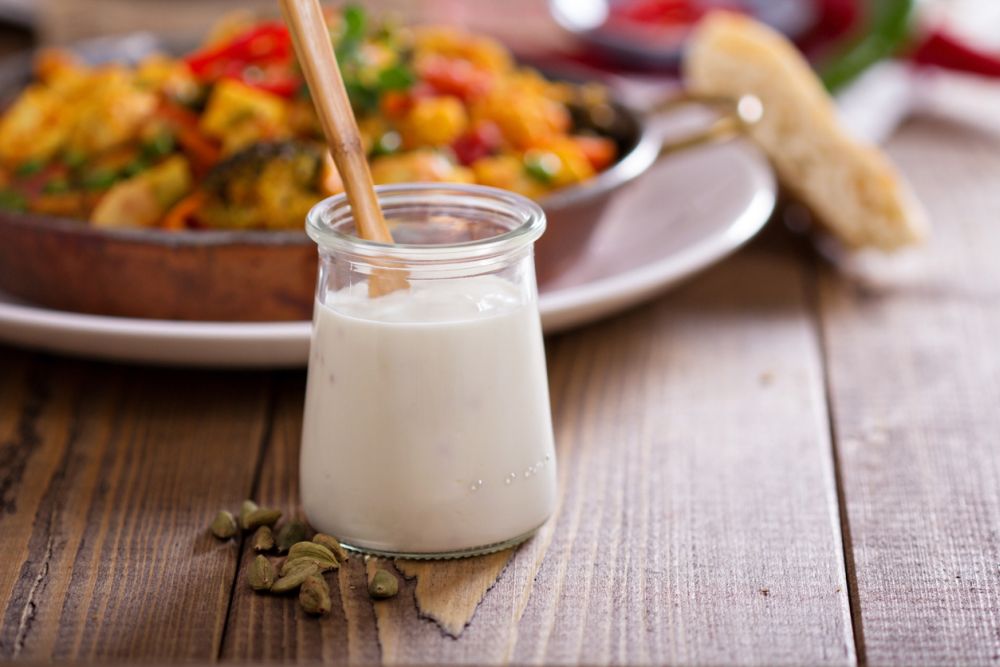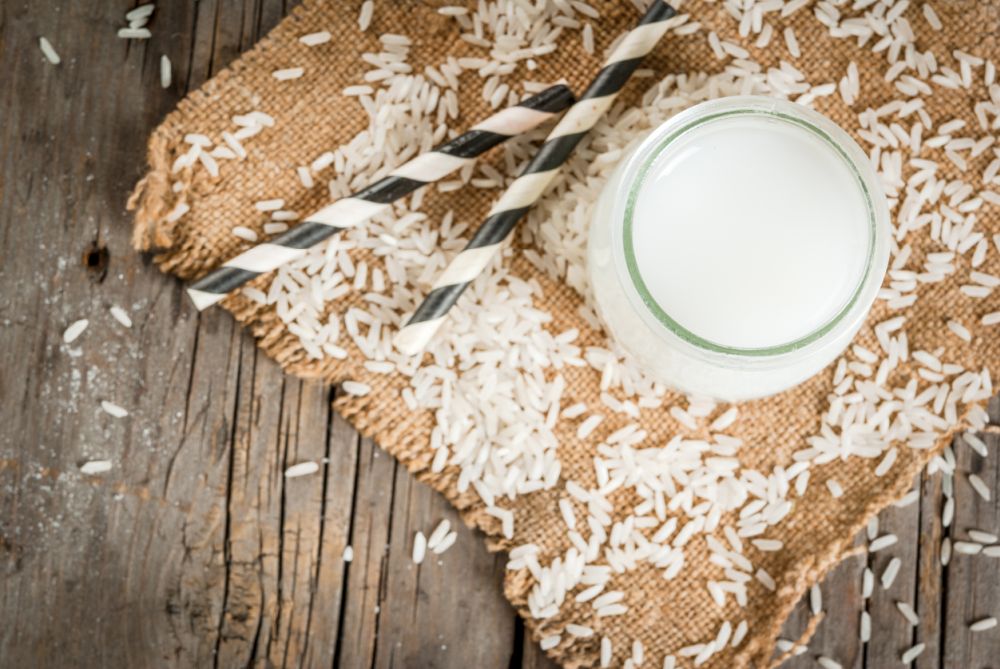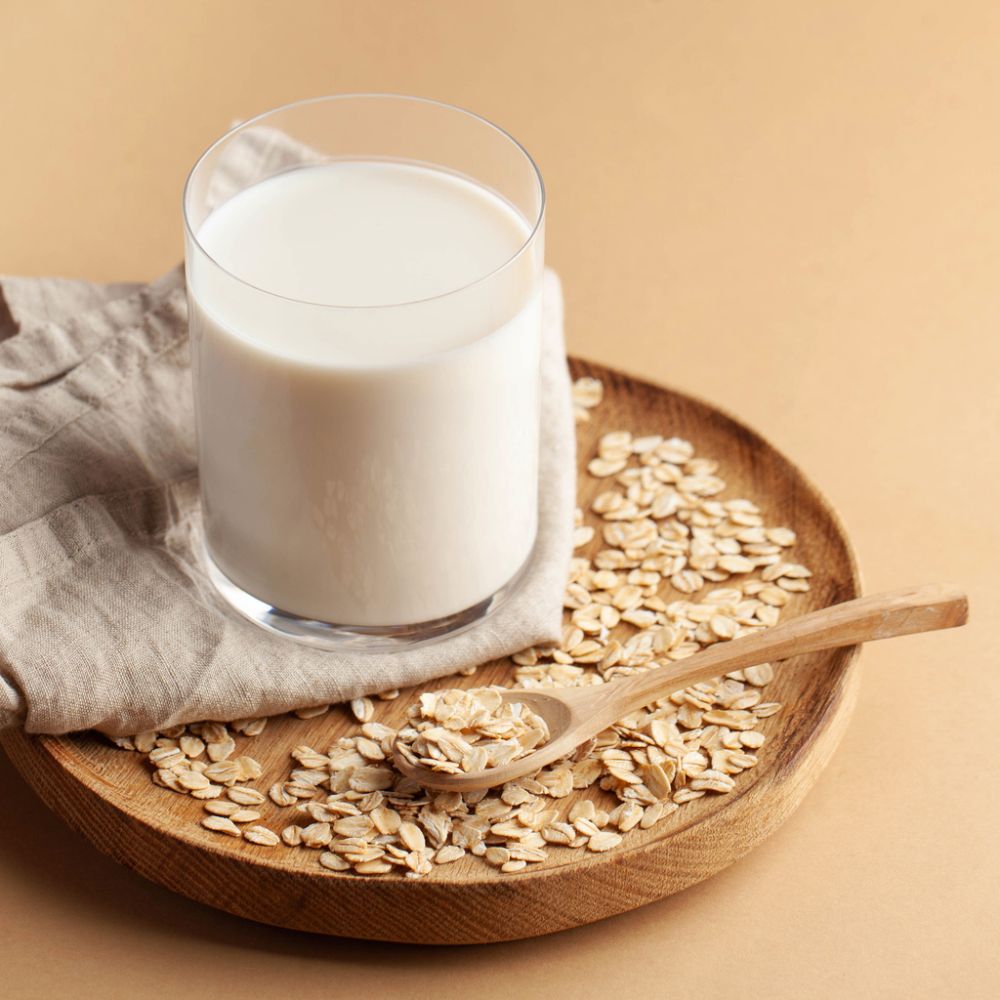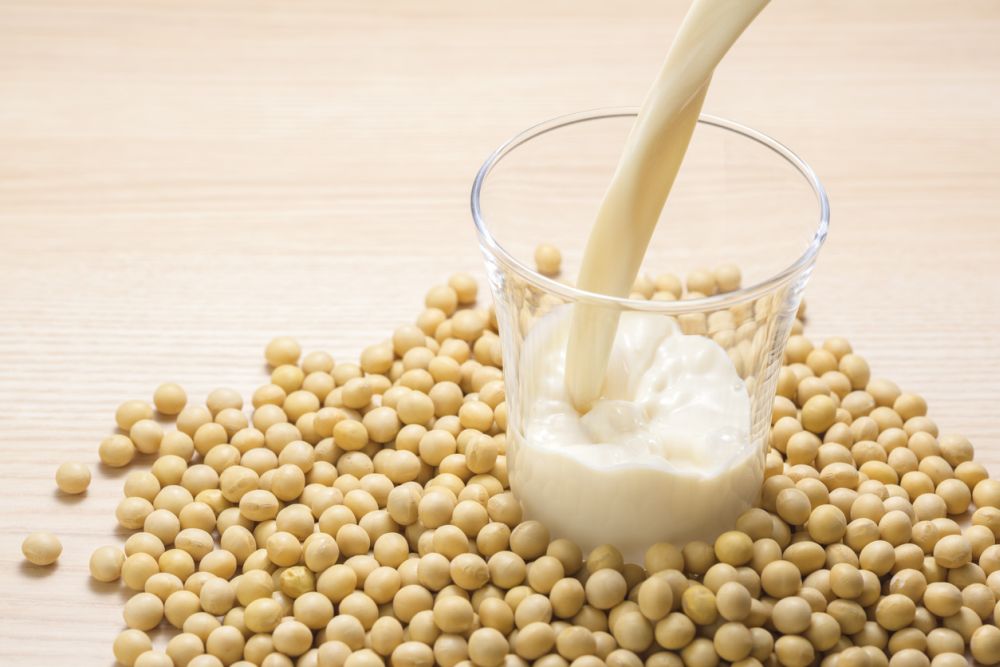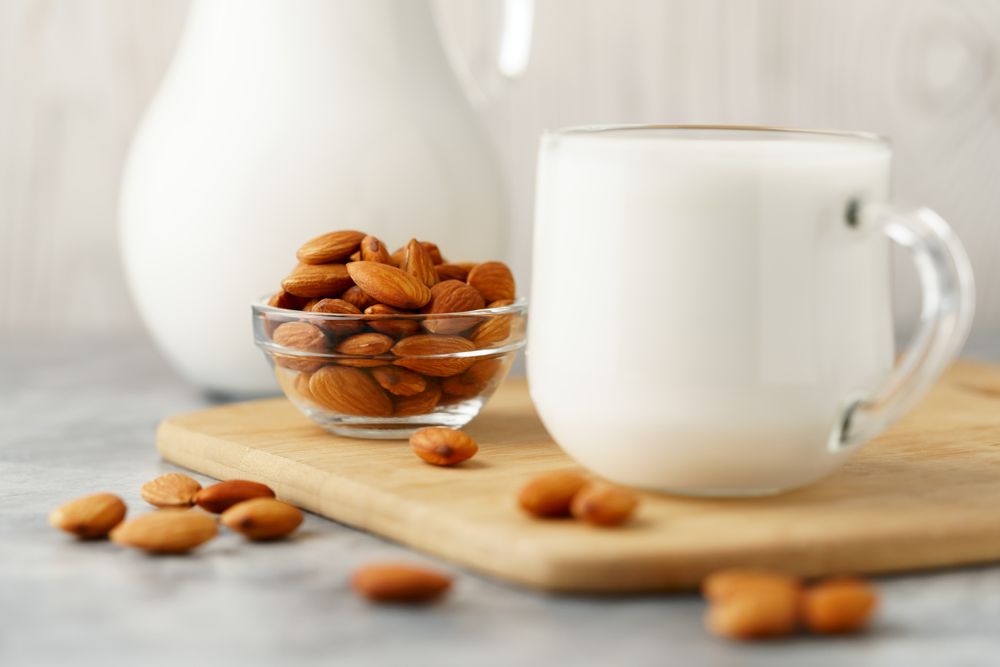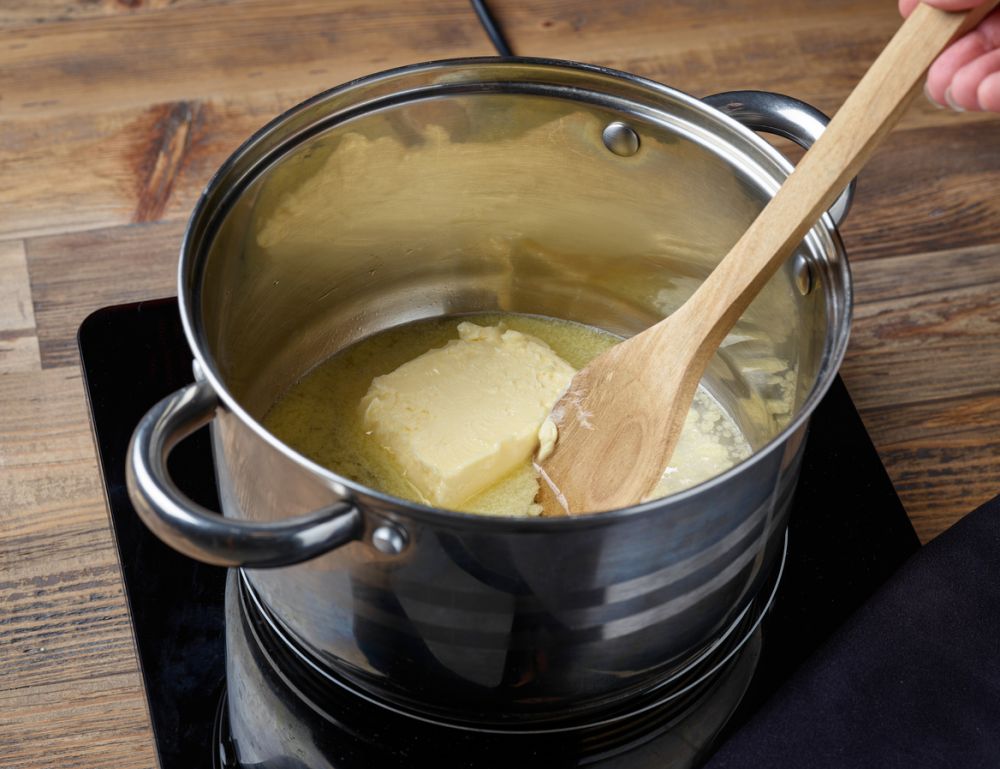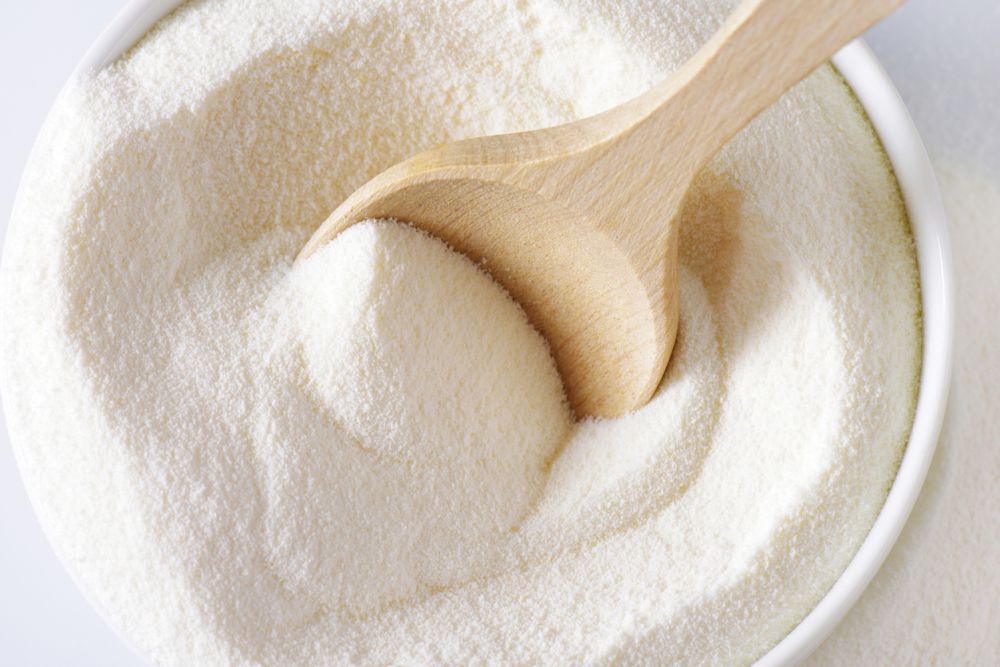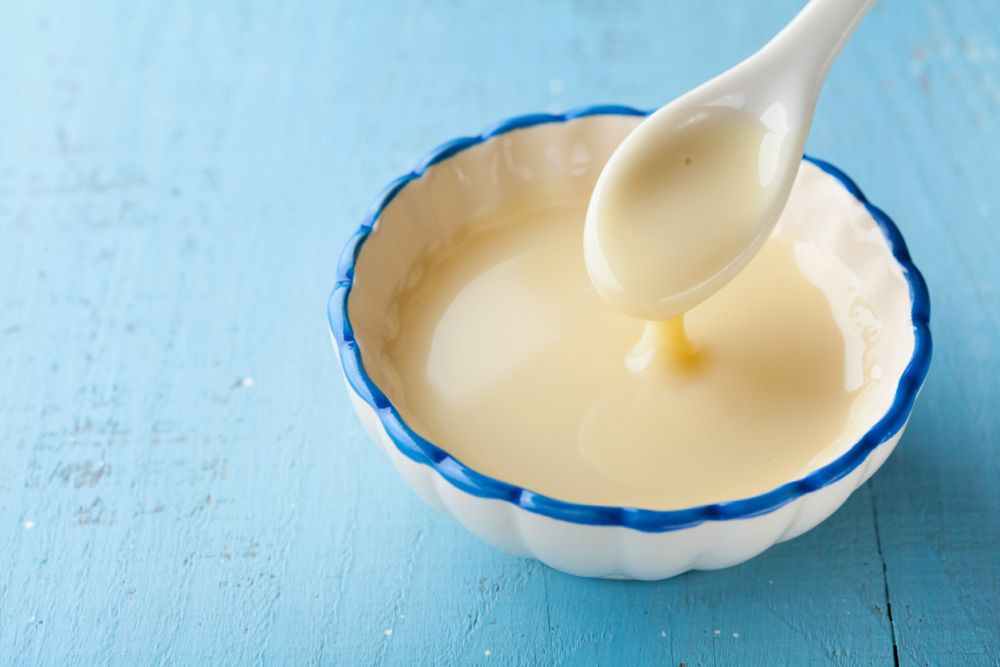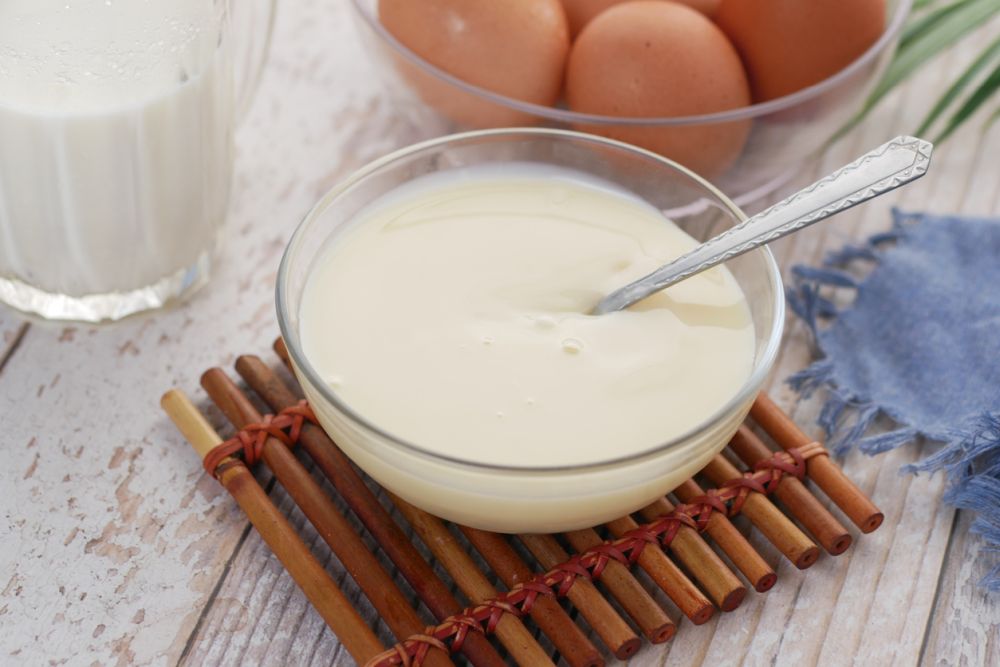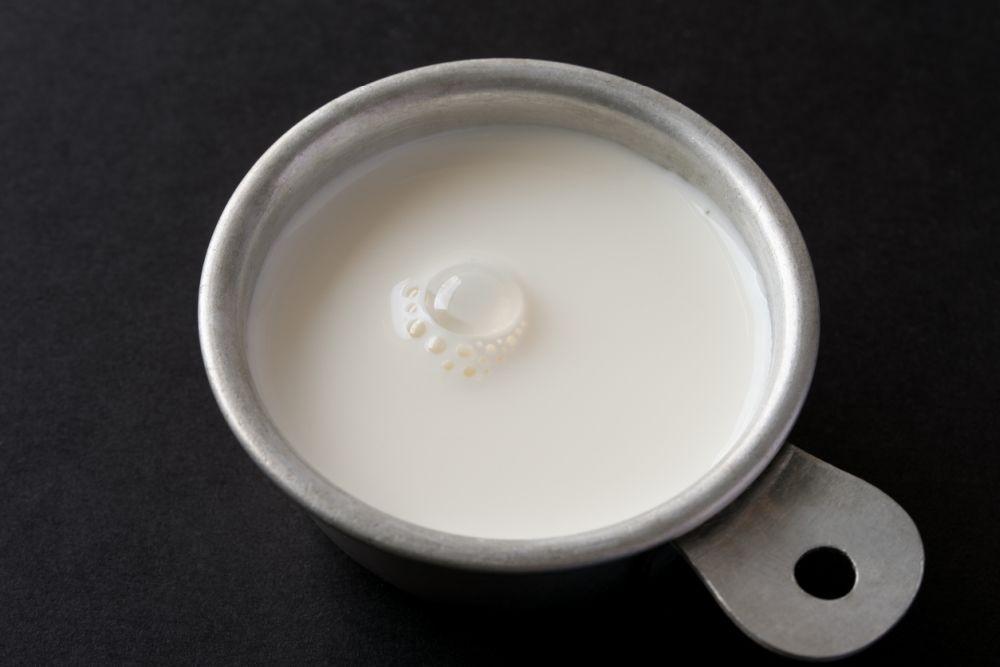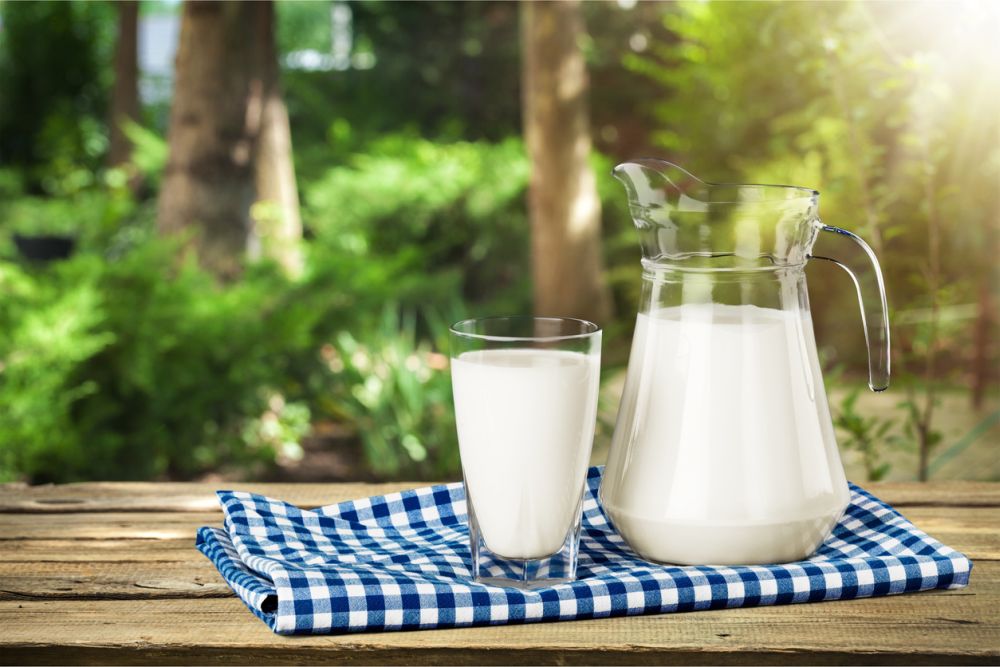The Best Substitute for Milk in Baking: 14 Fantastic Alternatives
Milk is a staple ingredient in baking, used in everything from cakes and cookies to bread and pies. In this article, we take a closer look at some of the most popular milk substitutes and evaluate their performance in baking applications.
Milk plays several important roles in baking, both in flavor and texture. Here are some of its key functions:
- Moisture: Milk contains a high percentage of water, which helps to keep baked goods moist and tender.
- Flavor: Milk adds a rich, creamy flavor to baked products and can also enhance the flavor of other ingredients in a recipe.
- Texture: Milk helps create a tender crumb and a soft, delicate texture in baked goods. This is especially true in recipes that use a lot of flour, such as bread or cakes.
- Browning: The sugars and proteins in milk promote browning on the surface of baked products, creating a beautiful golden-brown color.
- Binding: In specific recipes, milk can act as a binder, helping to hold ingredients together and create a cohesive structure.
Milk is a versatile and essential ingredient in baking, and its unique properties have a significant impact on your recipe turns out. When choosing a milk substitute for baking, it’s important to consider how it will affect these different functions and how it will interact with the other ingredients in your recipe.
There are several reasons for replacing milk in baking. Firstly, you may have simply run out of this ingredient and not have enough time to make a trip to the grocery store. Secondly, many people are lactose intolerant or have a dairy allergy, so consuming milk causes discomfort, digestive issues, or severe allergic reactions. Thirdly, some people choose to avoid dairy for ethical or environmental reasons or because they follow a vegan or plant-based diet.
Beyond these reasons, using a milk substitute in baking can also help to enhance the flavor, texture, and nutritional value of your baked goods. Different types of milk substitutes offer unique flavors and textures that can add depth and complexity to your recipes. For example, coconut milk can add a rich, tropical flavor to baked goods, while almond milk can create a nutty, slightly sweet taste. Using a milk substitute can also make your baked goods lower in fat and calories, as many non-dairy milks have fewer calories and less saturated fat than dairy milk.
This article describes the best dairy and non-dairy substitutes for milk in baking recipes. Read on to understand more about the substitutes and how to use them. For more details, check out the FAQs section.
What are the best dairy substitutes for milk in baking?
The best dairy substitutes for milk in baking are cream or half-and-half, evaporated milk, sour cream or plain yogurt, sweetened condensed milk, and powdered milk. Read on to discover more details about each.
1. Cream or half-and-half
Heavy milk cream or half-and-half have the same dairy qualities as milk and are, therefore, excellent substitutes for milk in baking.
Heavy cream is thicker than milk, so you might have to dilute it. Mix the cream and water in a ratio of 60:40%.
With half-and-half, you can substitute the milk in equal amounts. For example, if a recipe asks for 1 cup of milk, use 1 cup of half-and-half. Keep in mind that heavy cream or half-and-half with stabilizers will alter the taste of your baked products.
2. Evaporated milk
Evaporated milk, or unsweetened condensed milk, is ordinary milk without the water content. If you have some in your fridge, add water and use it to replace milk in your recipe. Mix the evaporated milk with water in a ratio of 1:1.
Evaporated milk has a long shelf life. However, once opened, be sure to use it within 3-4 days. When replacing milk with evaporated milk, remember that the latter has a caramelized taste that can alter the taste of your recipe. However, it is nothing to worry about because it’s just as sweet. If you’re using the powdered version of evaporated milk, follow the instructions on the box before adding it to your other ingredients.
It is also possible to use whole milk as an alternative to evaporated milk.
3. Sour cream or plain yogurt
Sour cream and plain yogurt are milk products, so either is an excellent substitute for milk in baking recipes. You can also use milk to replace sour cream in baking. Plain yogurt adds moisture to your recipe. However, Greek yogurt is too thick and fatty, so it will alter your product’s texture and taste.
When replacing milk with yogurt, it is best to avoid the flavored kind since it will completely change your recipe: plain, unflavored yogurt works best.
To reach the desired consistency when replacing milk, thin out the sour cream or plain yogurt with water. The consistency will depend on the recipe you’re making. For example, in dough recipes such as cookies, you can use sour cream or plain yogurt in its original form. If the mixture tastes too tangy, dilute it with a few drops of vanilla extract.
4. Sweetened condensed milk
If you’re working on a sweet recipe, such as biscuits and cookies, you can replace the milk with sweetened condensed milk. Sweetened condensed milk is similar to evaporated milk but contains sugar. As such, you must reduce the amount of sugar required by your recipe. Additionally, sweetened milk has a thick consistency, so you may need to dilute it before use. Use water to thin out the milk to your desired consistency.
5. Powdered milk
Milk powder can be the perfect replacement for milk in your recipe. It has the same fat content as milk, and you only need to mix it with water before using it in your recipe. Alternatively, mix the powdered milk with other dry ingredients in your recipe before adding the water.
What are the best dairy-free substitutes for milk in baking?
The best dairy-free substitutes for milk in baking are water and butter, nut milk, soy milk, oat milk, rice milk, dairy-free yogurt, banana milk, canned coconut milk, and flax milk. Read on for more info about each.
1. Water and butter
A water and butter combination makes an excellent alternative to milk for pie or cookie dough. You would only use milk minimally to prevent the dough from crumbling. You won’t note much difference if you use water instead.
If your recipe needs more than a few tablespoons of milk, add a tablespoon of melted butter for every cup of water. This will help to maintain the fat content in your recipe.
2. Nut milk
Any nut milk is an excellent replacement for milk in your recipes. You only need to choose the type you’ll use depending on the recipe you’re making. For example, use almond, cashew, or pistachio milk, depending on the flavor you want in your recipe. Choose nut milk without added sugars, so it doesn’t alter the taste of your recipe.
Substitute dairy milk with nut milk in equal amounts. For example, if your recipe needs one cup of dairy milk, use one cup of nut milk.
3. Soy milk
Soy milk is a healthy substitute for milk in vegan recipes. Among all non-dairy substitutes, soy milk has the closest taste to regular milk.
Use non-sweetened soy milk in your recipe to not change the flavor. Substitute soy milk for regular milk in equal amounts.
4. Oat milk
Use oat milk in dishes that require a small amount of milk, such as cookie and crust recipes.
Oat milk is starchier than regular milk. If you use more than ½ a cup, it might alter the texture of your recipe. It also has a distinct taste that could change your final product’s flavor.
5. Rice milk
Rice milk is a great vegan alternative to regular milk. It is healthy and readily available in stores.
Use the unsweetened version of rice milk, so you don’t alter the taste of your final product. Swap regular milk with rice milk in equal amounts.
6. Dairy-free yogurt
Dairy-free yogurt is a good substitute for milk for lactose-intolerant people.
If the yogurt is too thick for your liking, thin it out with water to get the desired consistency. Substitute regular milk with non-dairy yogurt in equal measures. For instance, if a recipe calls for one cup of milk, use one cup of diluted or undiluted non-dairy yogurt.
7. Banana milk
Banana milk is great if you’re baking or making a smoothie that needs milk as an ingredient. It is also a healthier option if you’re on a vegan diet.
The only downside to banana milk is its distinct taste. It is suited for specific recipes only, such as banana cakes or banana bread.
8. Canned coconut milk
Canned coconut milk is a good substitute for milk that adds a nice tropical flavor to your baked recipes. It also improves the texture of your recipes.
Substitute one cup of regular milk with one cup of canned coconut milk.
9. Flax milk
Flax milk is an excellent alternative for working with thin batter recipes such as cakes. It is thinner than other dairy-free alternatives and can’t be used in dough recipes.
Flax milk has a slightly nutty taste, so it will change the flavor of your cakes. When replacing milk with flax milk, apply the 1:1 ratio. For example, if the recipe calls for 1 cup of regular milk, use 1 cup of flax milk.
FAQs
Learn more information about milk substitutes in baking.
Which milk substitute tastes more like milk?
Soy milk is often considered a substitute that tastes like cow’s milk. This is because it has a creamy texture and a mild flavor similar to dairy milk. Soy milk is also high in protein, making it a popular choice among vegans and vegetarians.
Can I use water instead of milk in baking?
While water can be used in place of milk in some recipes, it will affect the texture and taste of your baked goods. Milk adds moisture, richness, and flavor to baked goods, so using water will result in a drier, less flavorful final product.
Do milk substitutes affect the texture of baked goods?
Yes, milk substitutes can affect the texture of baked goods. For example, using almond milk instead of dairy milk may result in a slightly drier or denser texture. However, the effect on the texture will depend on the recipe and the type of milk substitute used.
Can I use milk substitutes in recipes that require buttermilk?
Yes, you can use milk substitutes like soy milk or almond milk in recipes that require buttermilk. Add 1 tablespoon of vinegar or lemon juice to 1 cup of milk substitute to create a buttermilk substitute. Let the mixture sit for 5-10 minutes before using it in your recipe.
Conclusion
Milk is a vital ingredient in baking recipes. However, there’re days you just don’t have enough milk or need to change it in your recipes. Luckily, there are many substitutes for milk in baking. If you prefer dairy substitutes, you can use evaporated milk, sweetened condensed milk, powdered milk, heavy cream, or plain yogurt. If you’re on a vegan diet or are lactose intolerant, you can use nut, soy, or banana milk. All the substitutes might alter the taste of your recipe, so choose one you’re comfortable with.
